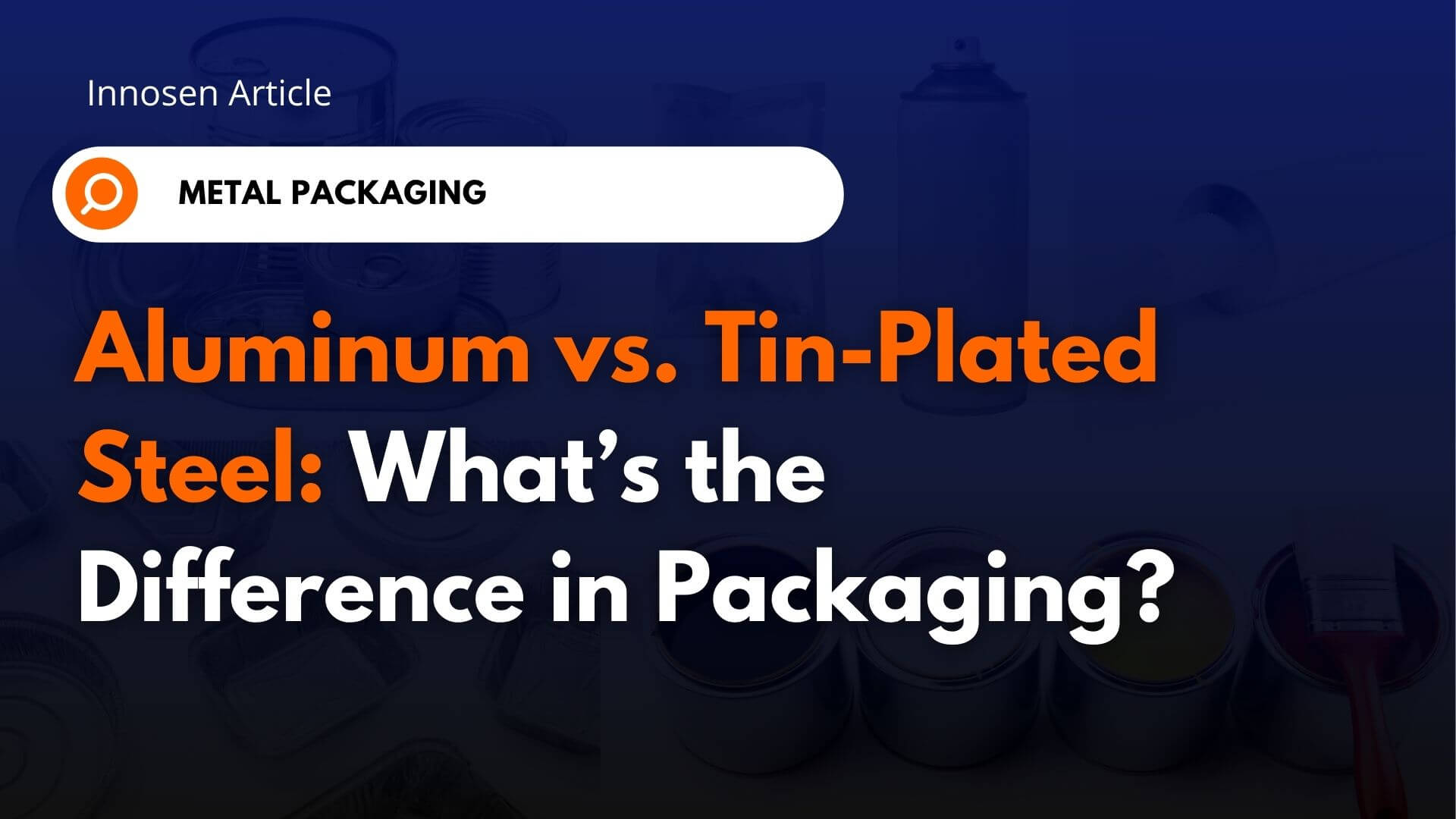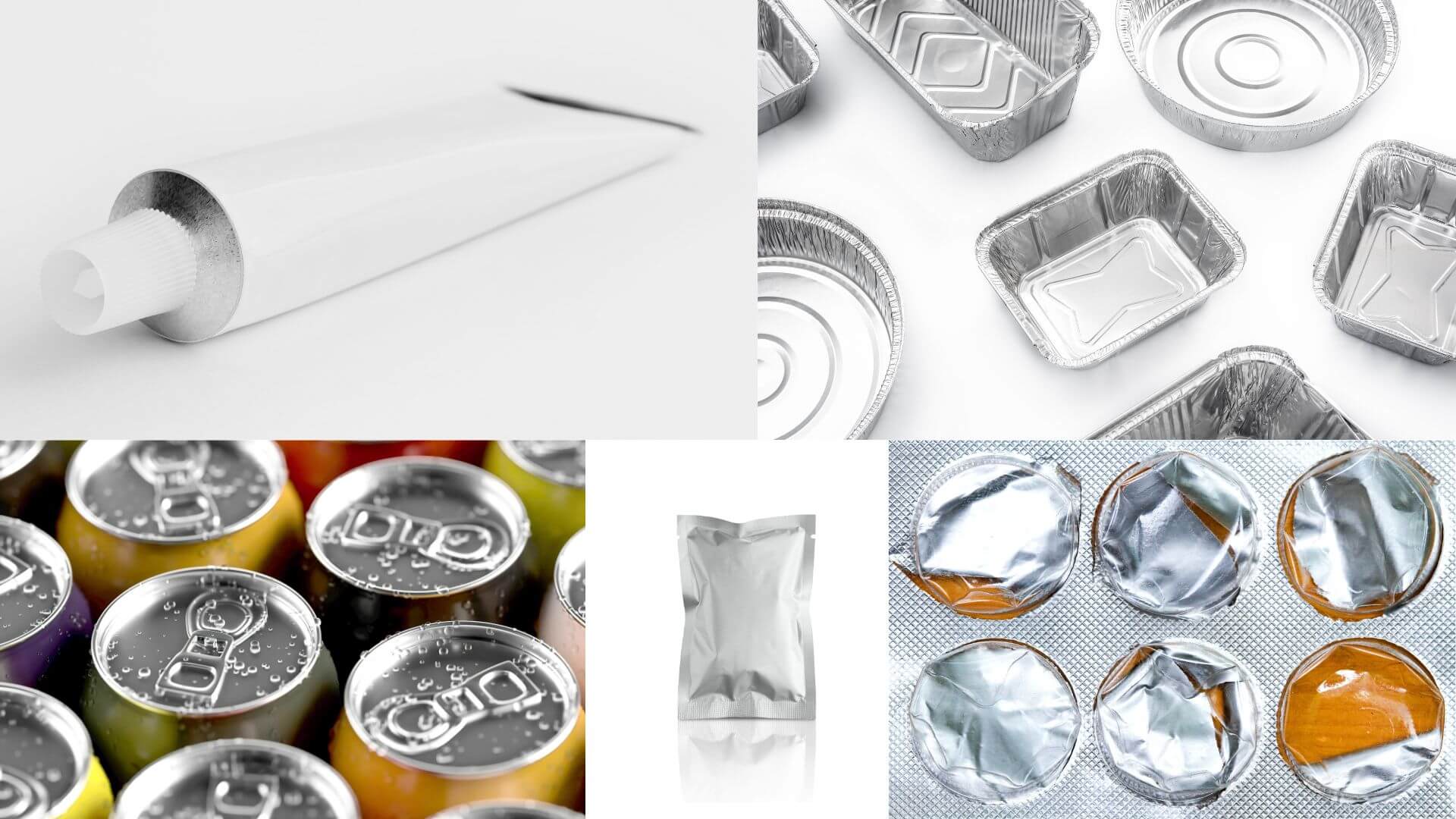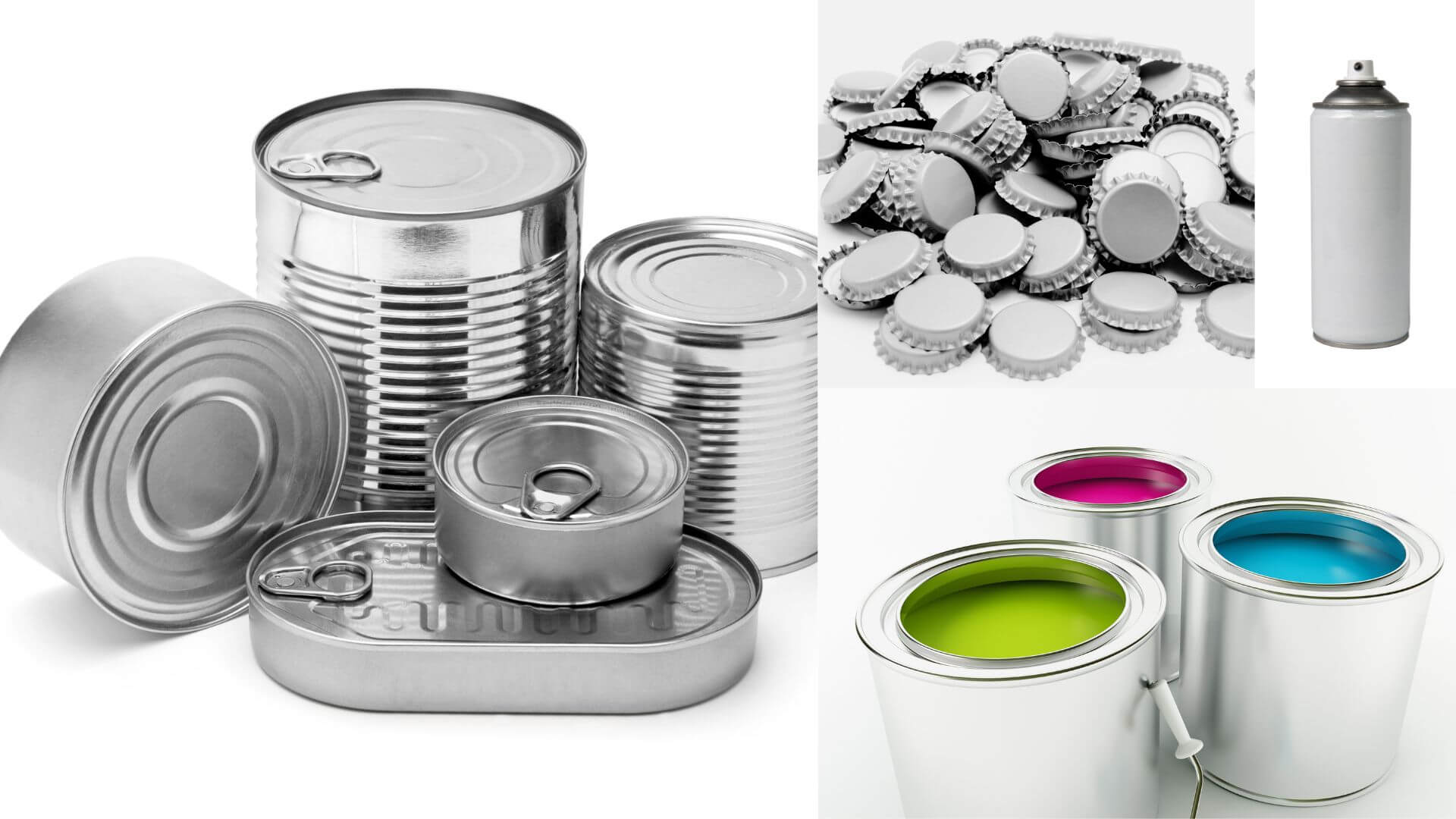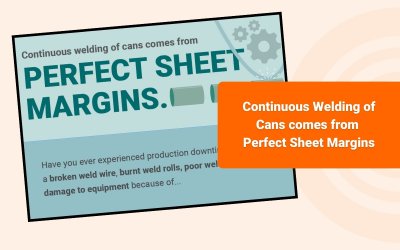
Aluminum vs. Tin-Plated Steel: What’s the Difference in Packaging?
In packaging, aluminum and steel offer distinct advantages:
aluminum is lightweight and recyclable, making it suitable for applications like food and beverage cans, while steel provides superior strength and barrier protection for heavier or more durable packaging needs.
Aluminum Packaging:
- Lightweight and Recyclable: Aluminum is known for its low weight and excellent recyclability, making it a popular choice for applications where weight is a factor and environmental impact is a concern.
- Barrier Protection: Aluminum effectively blocks light, oxygen, and moisture, making it suitable for packaging sensitive items like pharmaceuticals, cosmetics, and certain food products.
- Corrosion Resistance: Aluminum resists corrosion, which is a significant advantage in packaging applications where exposure to moisture or other corrosive elements is a concern.
- Versatility: Its malleability allows for diverse packaging forms, including foils, cans, and bottles, catering to various product requirements.
Examples: Soda cans, food trays, cosmetic tubes and foil are common examples of aluminum packaging.

Tin-plated Steel Packaging:
- Strength and Durability: Offers strength and good corrosion resistance, combining the structural durability of steel with a thin tin coating to protect against rust and enhance longevity.
- Barrier Protection: It offers a complete barrier against light, water, and air, preserving the nutritional value and flavor of food products without the need for refrigeration.
- Recyclability: Tin-plated steel is also 100% recyclable and can be recycled endlessly without losing its quality.
- Cost-Effectiveness: Generally, tin-plated steel packaging is more economical, especially for bulk packaging solutions.
Examples: For food and beverages, drums for industrial products, paint and chemical containers, etc.

In summary, aluminum excels in applications requiring lightweight, corrosion-resistant, and versatile packaging, particularly for consumer goods sensitive to environmental factors. Tin-plated steel, on the other hand, offers unmatched durability, superior barrier properties, and cost-effectiveness, making it ideal for bulk food storage and industrial applications.
References:
World Steel Association – Steel Packaging
Advantages of Aluminum Packaging
Latest Articles:
How to Maximize Your Coating Line Speed
The IS416 system provides a simplified, data-driven method for maximizing line speed and reducing risks.
4 things to know about product recalls
For food or metal packaging manufacturers, product recalls constitute staggering financial losses as they absorb the cost of replacing and fixing defective products.
Continuous Welding of Cans
Have you ever experienced production downtime due to a broken weld wire…
OFFICES
Spain
Romà Piera i Arcal, 8
08330 Premià de Mar (Barcelona)
Spain
Main Multilanguage Tel:
+34 937 549 526
Email: [email protected]
Hong Kong
11th Floor Dah Sing Life Building
99 Des Voeux Road Central
Hong Kong
Tel: +852 2127 0699
Philippines
808 Citystate Centre Building
709 Shaw Boulevard
1600 Pasig City
Philippines
Tel: +63 2 8696 6965 /
+63 2 8696 6978
USA
7691 N.Overland Trail
80524 Fort Collins
Colorado
USA
Tel: +1 970 305 8721



